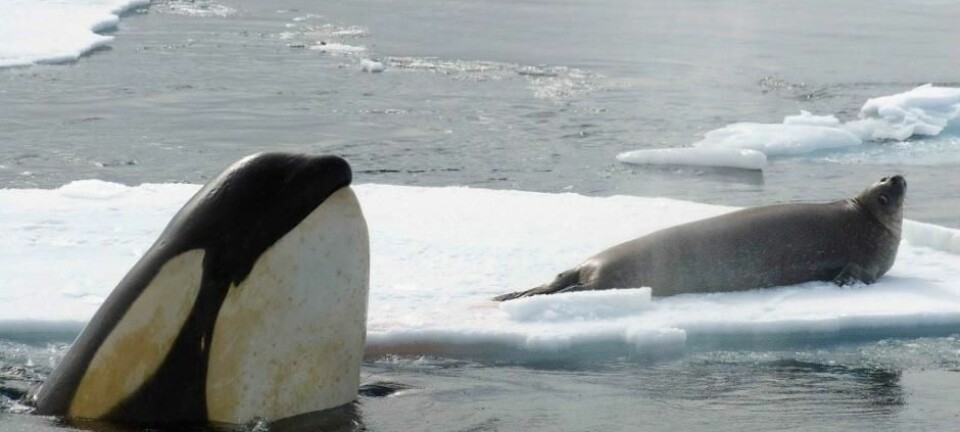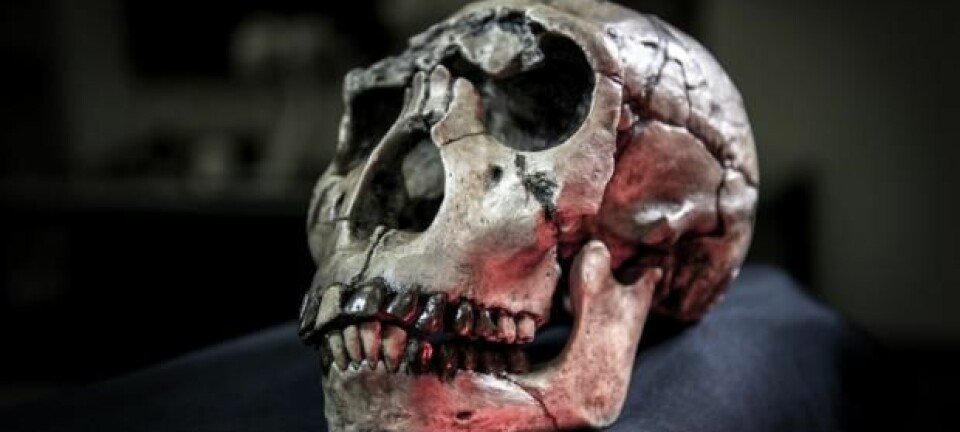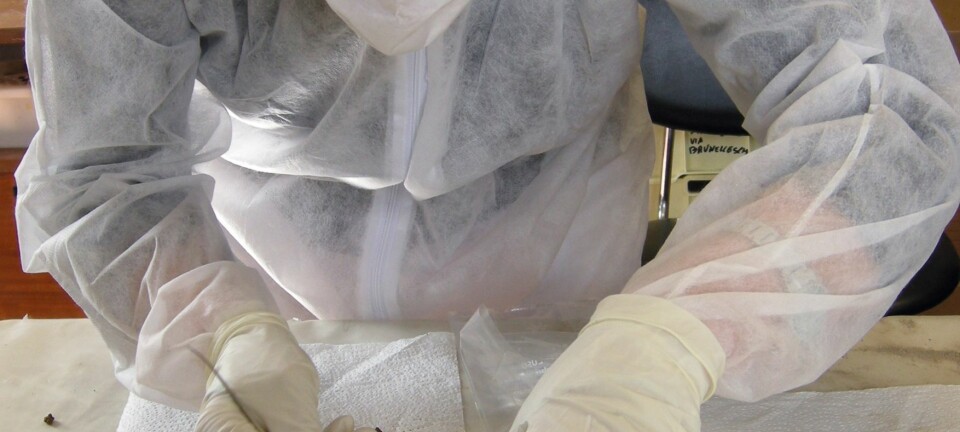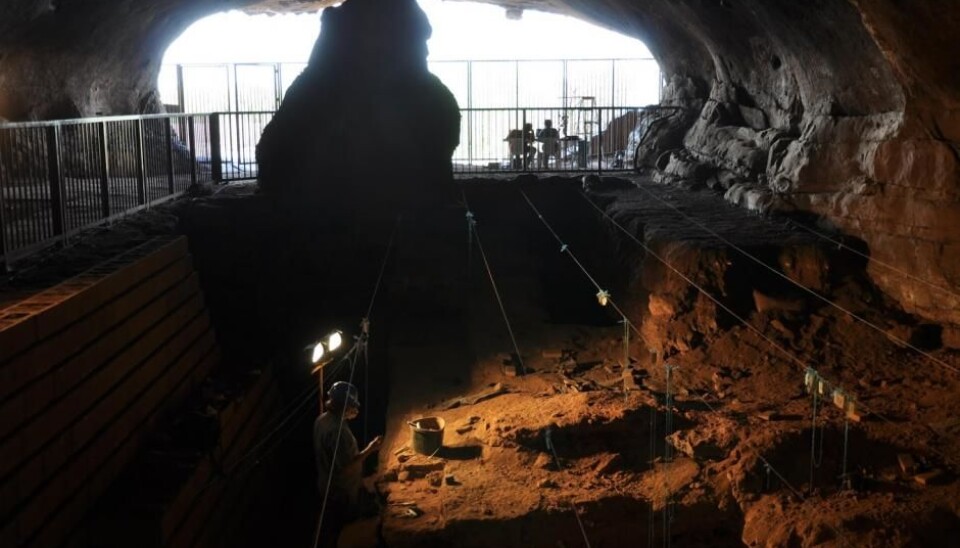
Proteins allow archaeologists to look further back in time
Scientists have analysed 3.8-million-year-old proteins using a new method to see much further back in time than is currently possible with DNA.
A group of scientists have developed a new method to sequence 3.8-million-year-old proteins.
The new method, known as proteomics, makes it possible to analyse samples that are up to 40 million years old.
And with the right material, they could even analyse samples that date back to the age of the dinosaurs, says lead-author Matthew Collins, an archaeologist at the University of Copenhagen, Denmark.
“It’s the most exciting study I’ve ever published,” says Collins.
Prehistoric people loved eggshells
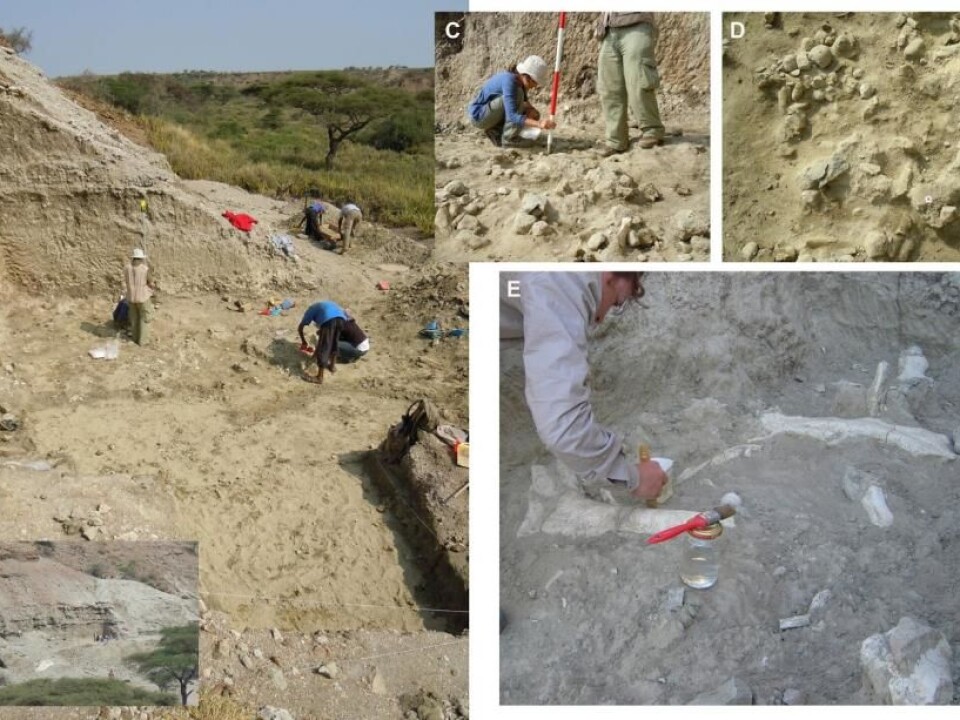
Collins analysed eggshells from famous archaeological sites, including Wonderwerk Cave in South Africa and Olduvai Gorge in Tanzania.
Prehistoric people used the shells to create art and to transport water. The shells are particularly suitable for this type of analysis as they are thick, durable, and survive under a range of environmental conditions.
“We’ve known for many years that proteins provide more clues to the past, but when we looked at the breakdown of proteins in eggshells, it gave us unexpected results in comparison with other fossil material, and until now we didn’t really know why,” says Collins.
Colleague: Excellent and ground-breaking study
Professor Mike Richards, an archaeologist from Simon Fraser University in Canada is impressed by the new results, which are published in the scientific journal eLife.
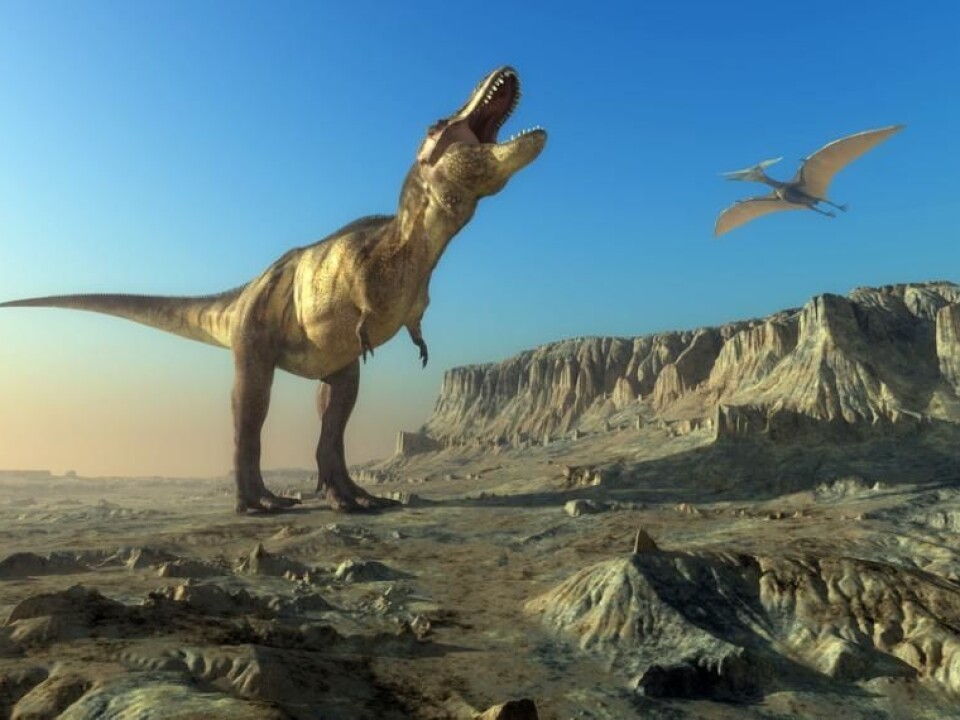
“It’s an excellent, ground-breaking study,” he writes in an email to ScienceNordic. “It shows that the proteins can survive in extremely old samples and at the same time they give a very plausible explanation of how it’s possible.”
“This will be a study that everyone else cites when they use the same method to extract and sequence old proteins,” writes Richards.
Protein and DNA go hand in hand
Proteins do not contain the same information as DNA. So the new method cannot replace DNA in archaeological research. It does, however, offer a useful complementary technique and allows scientists to look further back in time than is possible with DNA alone, says Collins.
Richards agree. Proteins are much more stable over time and so they have great potential to provide phylogenetic information in samples where DNA analysis is not possible.
“Protein sequences are not as informative as DNA sequences and can only give us limited information, but they are still very important. And this is a really exciting new method,” writes Richards.
A key to the past
Collins is clearly excited by the new method, which has been 21 years in the making.
“It allows us to speculate on the factors that are necessary for proteins to survive. Protein decay was delayed in the system that we studied, as water only had access to the surface of the protein. But we might find insanely old proteins in, for example, a system with absolutely no water,” he says.
We can learn a lot about human development in mammalian evolution and potentially go as far back as the dinosaurs.
“We recently published a study on Neanderthals, where there was no DNA material so we only had proteins. I think it’s already revolutionising research,” says Collins.
-------------
Read the Danish version of this article on Videnskab.dk
Translated by: Catherine Jex
Scientific links
- "Ancient eggshell protein breaks through the DNA time barrier", eLife (2016)
- "Recalibrating Equus evolution using the genome sequence of an early Middle Pleistocene horse", Nature (2013)

